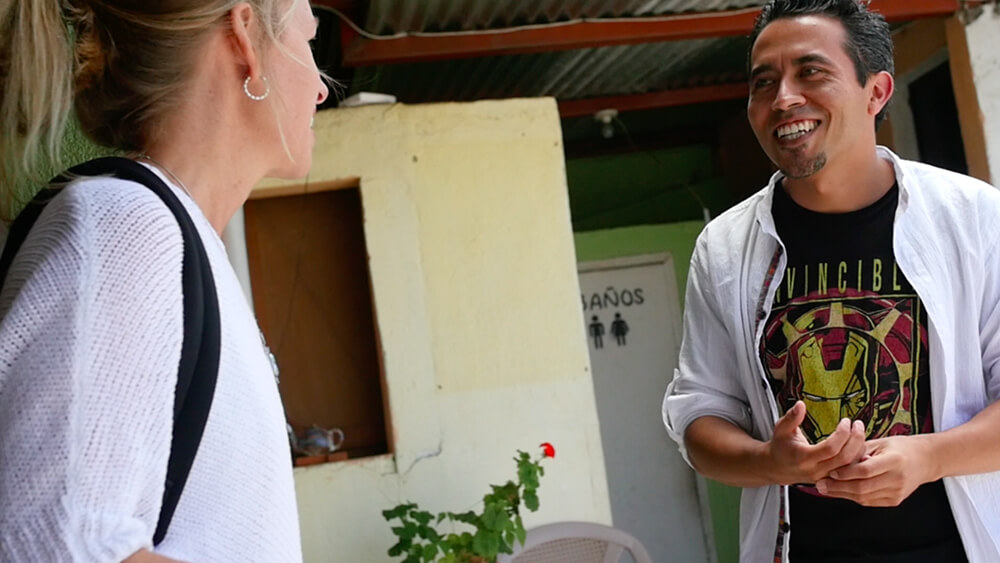Bringing forth authentic voices of courageous GoPhil partners and people, we invite you to explore this powerful perspective on the fragile healthcare system in Guatemala which underserves indigenous Mayan people.
The Value of Community Health
BY JULIO LETONA CHÁVEZ
Director of Prevention Projects, Community Education & Development
at GoPhil partner, ASSADE Guatemala
–
“In order to build a successful health care model, it is necessary to include the following ingredients: community health at the very heart of the cause; inclusion of traditional medicine; a proper foundation; participatory and comprehensive organization; and a respectful relationship with nature, justice, equality, humanism and love.”
When you think about the public health care system in Guatemala, I would encourage you to imagine it as a three-step ladder.
 The first rung of the ladder – or first level of care – is the step that should take place at the local, community level. The second rung – or second level of care – should attend to medical cases that the first level detected but could not resolve. The third rung – or third level of care – should provide services for medical specialists or treatment of chronic conditions that the previous levels of care could not remedy. When this image functions properly, the three levels of care are in sync and work together to improve the health of all, essentially creating a functioning ladder to wellness.
The first rung of the ladder – or first level of care – is the step that should take place at the local, community level. The second rung – or second level of care – should attend to medical cases that the first level detected but could not resolve. The third rung – or third level of care – should provide services for medical specialists or treatment of chronic conditions that the previous levels of care could not remedy. When this image functions properly, the three levels of care are in sync and work together to improve the health of all, essentially creating a functioning ladder to wellness.
Now envision that first rung of the ladder is broken, making the rest of the ladder quite impossible to use. In Guatemala, this very important first level of care does not exist in our public health care system.
At ASSADE, the first level of health care is our focus on facing a fractured, disconnected, unfair, exclusive and inefficient system of health care.
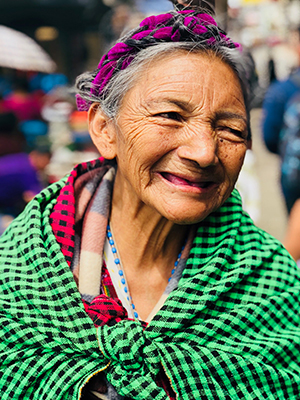 An important first step in understanding how this missing first level of care negatively affects overall health in Guatemala is to realize that local health care serves not only for detection of medical issues, but also should provide preventative actions.
An important first step in understanding how this missing first level of care negatively affects overall health in Guatemala is to realize that local health care serves not only for detection of medical issues, but also should provide preventative actions.
It is also relevant and important for the first step of care to understand the connection between family and community care. Every culture has its own understanding of wellness and sickness. In a country like Guatemala with immense cultural diversity, the cultural divide is something we cannot overlook. The second and third levels of care suffer from problems related to disparities in access to health care, resulting in a gap of health care coverage that exceeds 40% of the population.
The distribution of funds the government makes towards general developments – education, health, nutrition, living and social – gives a clear example of this disparity:
US$0.90 per person for non-Mayans vs. US$0.30 per person for Mayans.
To delve deeper into understanding this issue, we might ask:
Why is the first level of health care nonexistent in Guatemala?
When facing such complex discrimination and injustices it is often common to have more questions than answers. In Guatemala there is a very clear discrimination for adequate access to health care within marginalized communities and the number of health workers evidences this lack of attention to rural areas. For example, in the best scenario for rural areas, there are currently three health workers for every ten thousand inhabitants. This is in comparison to twenty-five health workers for every ten thousand inhabitants in urban areas.
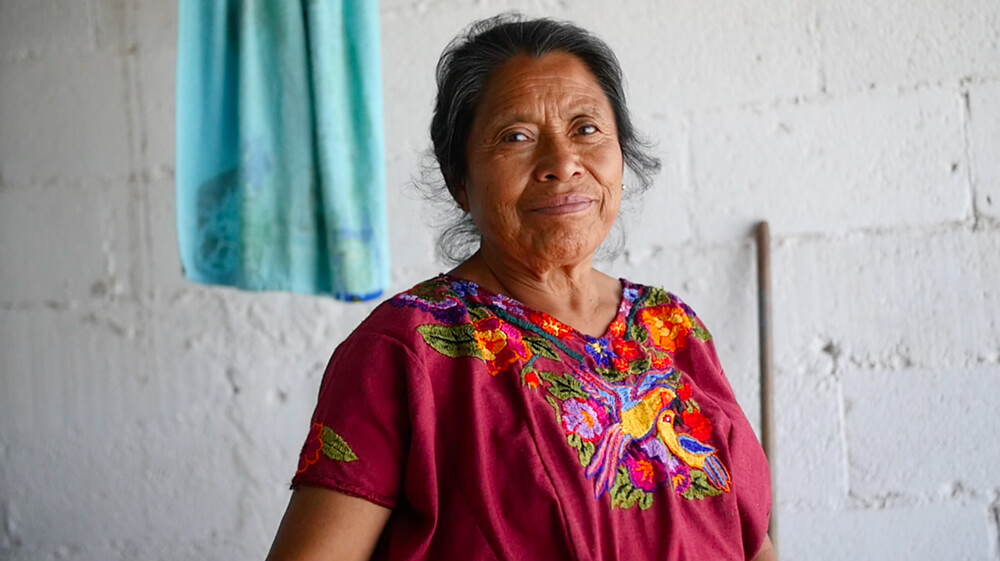
In 2016 it was estimated that 47.97% of Guatemala’s 17.5 million people live in a rural area, according to the World Bank collection of development indicators, compiled from officially recognized sources.
Besides a mere lack of resources, there is also great bias against the healing abilities of Mayan medicine, resulting in a health care system based solely on Western practices. This is despite the fact that more than half of Guatemala’s population is Mayan. This lack of investment in development of indigenous areas disables communities from capacitating themselves and obtaining fundamental rights. Throughout the decades, the government has concentrated efforts toward reaction rather than prevention, always preferring to repair damage after it happens. In general, the government has chosen only to cure without ever attempting to strengthen prevention. These are some of the various aspects that we should consider as the sources of current disparities.
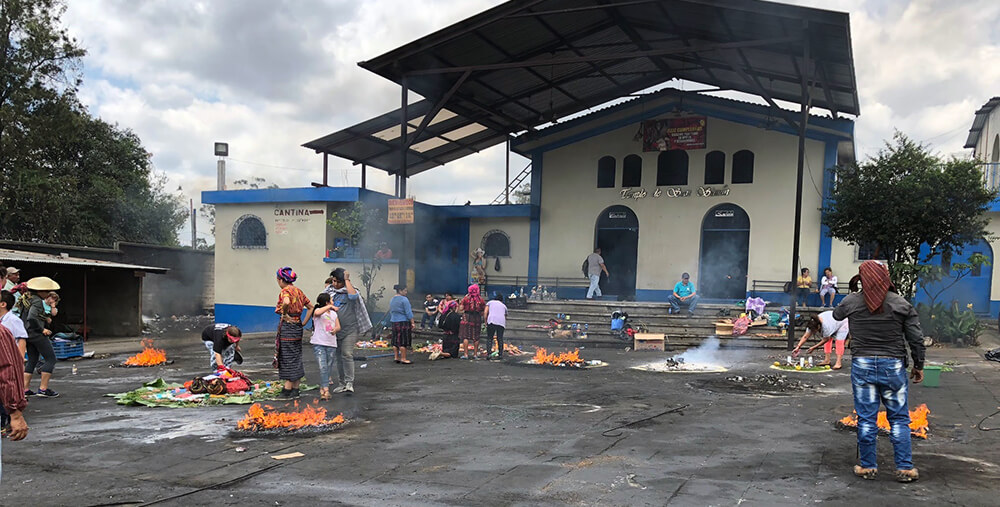
The Mayan holistic healing tradition is a medico-religious one – viewing the ailments of the body and the spirit as fundamentally interconnected. “Mayan traditional healing is a complex blend of mind, body, religion, ritual and science,” writes Marianna Appel Kunow, in her book Maya Medicine. The Church of San Simon in San Andrés Itzapa, pictured above, is a common first stop for Mayans seeking medical care.
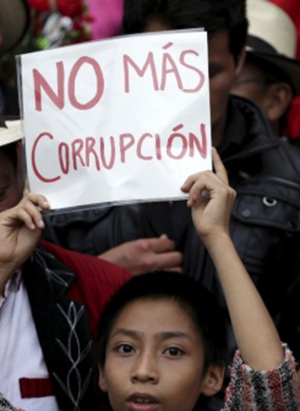
We also have yet to mention the chronic corruption that exacerbates these problems and the ongoing lack of desire – on behalf of the government – to make a real change. This has resulted in health care becoming inaccessible, even though it should be a universal right to all. Guatemala’s health care system has a long-standing historical background of superficial attempts at repairing the current structure and seeking to make invisible the lack of need for preventative care at the first level. We are absolutely convinced that the permanent crisis in Guatemala’s health care system is due to the non-existence of the first level of care.
At ASSADE, the first level of health care is our solution in facing a fractured, disconnected, unfair, exclusive and inefficient system of health care.
After more than fifteen years working in this area, we better understand how our country’s model of health functions. We have gained meaningful knowledge from our local communities and we have conceived innovative approaches to problems while receiving life-changing lessons that allow us to dignify the right to indigenous health.
ASSADE has passed through an immense (certainly endless) learning that has allowed us to build, establish, care, nourish and sustain a health care model based on community heart. Instead of a ladder, we believe that community health originates and grows in a spiral, much like the shell of a snail – a process that begins at the family level. From this perspective, the first level of care opens opportunities for families and communities to get involved in the health care process. This is fundamental, as it is related to the inherent capacity and resilience of the community where a grassroots platform is created to identify, discuss, design and develop solutions to problems.
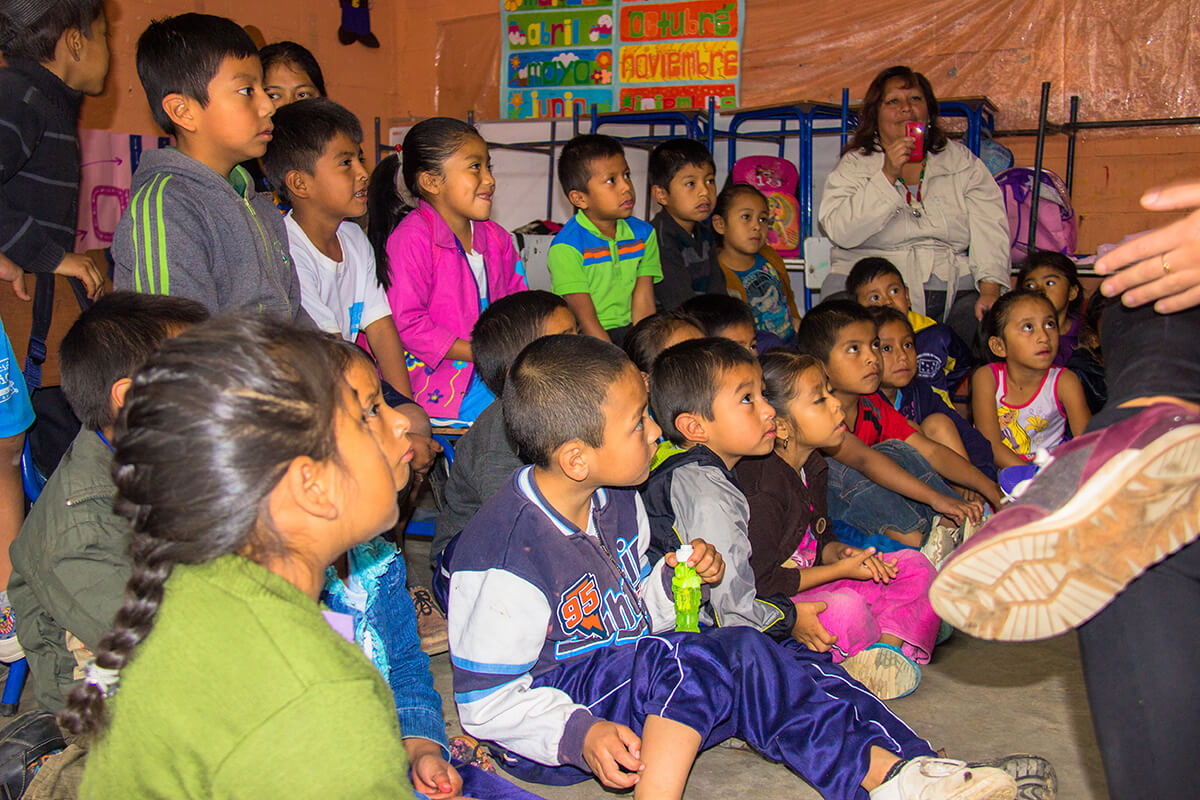
The first level of care is the opportunity to create something unique and adequate of a community nature to embrace health care from a deeper essence. It also allows for the development and encouragement of the capacity of the community to solve problems through a multicolor synergy that results in a genuine involvement to create dream solutions. It involves healing wounds, undoing knots, and weaving a frame of social well-being where individuals have access to a valuable human right. This is how the seed of awareness is planted in a fertile soil in bonding and is connected to the reclamation of the right to health care that is watered with an education of empowerment. The emerging fruit that is conceived from this is what we refer to as Community Health.
At ASSADE, our health care model is a culmination of the first and second levels of care – a comprehensive commitment to care capable of adapting and transforming according to a community’s needs and thoughts and feelings. For such a vital human right, we realize that our response must be dynamic, ever changing and evolving – like that beautiful spiral shell – as we confront and overcome future challenges.
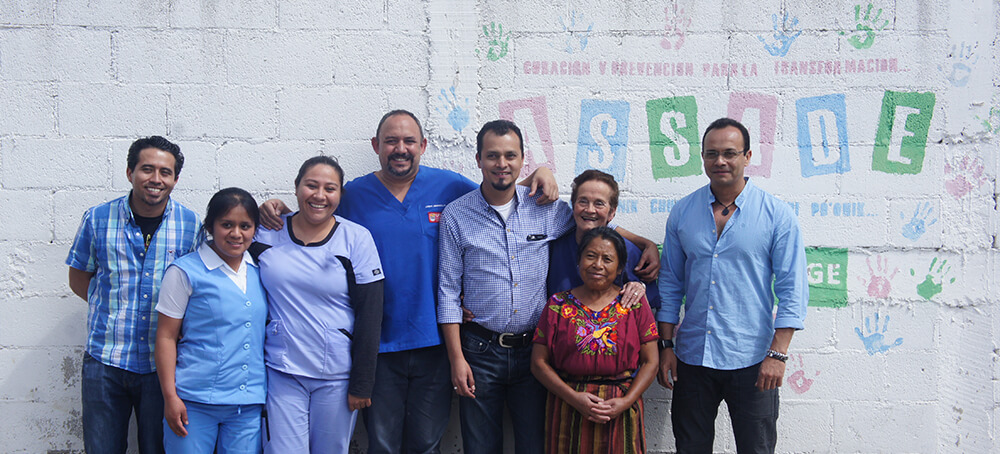
Memory of history is something we must possess, something that we treasure due to the importance of the right to health and its relation with other essential rights of such violated and wounded communities.
It is here where a light is born, known as Community Health, and in the midst of darkness it illuminates the path for a well-being that the community can develop, to become autonomous and use to define its own destiny.
